Blender can create 360 anime videos to be viewed in VR devices, phones and tablets. Many technical aspects are involved with rigging, composition and cameras. If you want to know some of the key aspects involving this production, keep reading because I am giving a full conference this May 18th about the workflows and deep tech factors what will make your 360 Anime videosbe more awesome! More details will be revealed at the Blender conference I was invited in the month of May. Subscribe to this blog so you can have updates on the dates. Meanwhile the date approaches, here´s a breakdown of some of the topics I will be showing in sliders (more to come):
Character creation
Very early in the design process I received clear and pastel palettes to work with this anime stylized character. There are unique aspects to her which were described on the scope of the project. The modeling and texturing stage took around 12 days including cloth folds and interior clothing. I used Blender for the modeling and 3D Coat for texturing. The aim with this character is that she could really “dress” for each animation. There are 22 facial shape animations ranging for vowel and consonant verbalization as well as some facial expressions. Though in general, the character will not speak, we´d better be prepared for anything in the future.

Character shading and passes
Coming from previous (Modo, Maya, Max, Softimage) 3D packages, I needed different render passes for this project. Blender has checkboxes for basic passes like Mist, Normals, Object IDs and also Cryptomatte. Blender gives you the option to configure an override shader for the entire “render layer”.
I needed to develop my common used passes in other applications as shaders on Blender. Once I figured how the exclusion and masking layers in render passes work, everything else was just a matter of setting out the correct order in layers and shader overrides. I re-created: Stylized shadows, stylized rimlight (left and up), a Y vector ramp shader, a normal-compatible pass shader and many other tweaks. In the end it is possible to even develop your own Z-depth pass as a shader override. I´ll be covering this in depth on the conference (pun intended).
Environment and props
The development of the entire lunar scenario with the roller coaster and other mechanical theme park machines, took around 14 days solid between revision, modeling and (initial UV texturing). Silhouette people had a basic rig that followed a direction which was animated through scripted expressions. One of the request on this production is that the park had to feature fireworks. I created a quick particle simulation and derived it into 2 sub particle simulations which I then instanced around the scene.

SCROLL DOWN TO CONTINUE TO READ PAGE 2 AT THE VERY BOTTOM OF THIS PAGE

